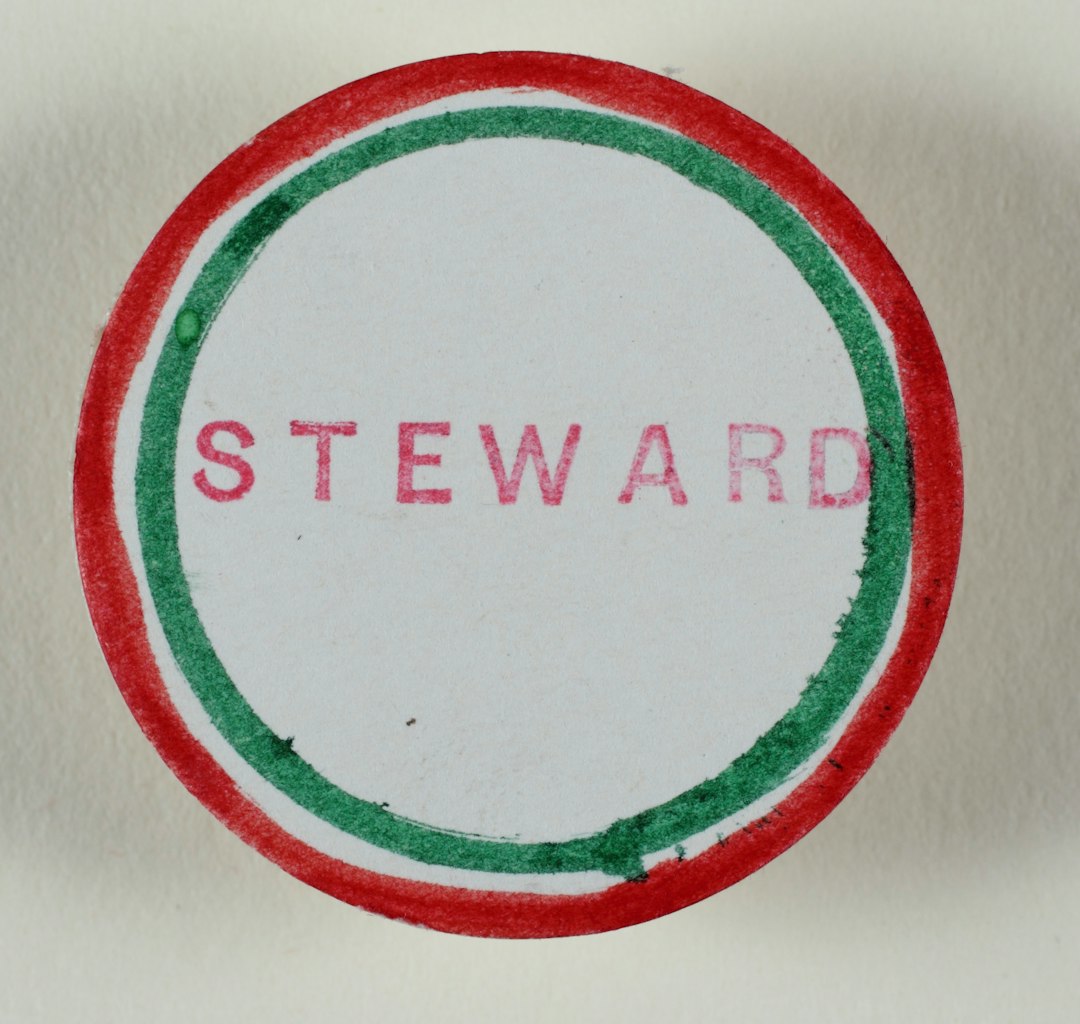In today’s rapidly evolving business environment, companies are under increasing pressure to deliver scalable, repeatable, and efficient solutions. One powerful way for service-based organizations to meet this demand is by productizing their professional services. This approach helps transform bespoke offerings into standardized packages that are easier to sell, deliver, and scale.
Traditional professional services, such as consulting, marketing, software development, or legal advisory, are typically customized for each client. While this bespoke approach offers high-touch service, it often results in unpredictable workloads and revenue. Productizing these services allows organizations to capture their expertise into well-defined deliverables that offer consistent value. This shift not only drives operational efficiency, but also unlocks new revenue streams and a competitive edge.
What Does It Mean to Productize Services?
To productize services means to transform them into a packaged solution that can be marketed and sold like a product. These packages are usually outcome-driven, standardized, and delivered using repeatable processes or technology. Instead of charging based on hours worked or scope of effort, clients purchase a clearly defined result within a fixed time frame and cost.
For example, instead of invoicing clients hourly for website strategy consultations, a marketing agency might offer a fixed-price “Website Strategy Sprint”—a productized service with a clear scope, duration, and deliverables.
Why Productize? Key Benefits
Productizing services offers numerous advantages that can transform the way a business operates. Here are some of the key benefits:
- Scalability: Standardized offerings enable teams to deliver faster and more efficiently.
- Predictable Revenue: Fixed-price products reduce uncertainty for both the provider and the client.
- Improved Margins: Repeatable processes minimize time spent per project, increasing profitability.
- Brand Differentiation: Unique productized services can establish a clear market position.
- Simplified Sales: Clear pricing and outcomes make it easier to communicate value and close deals.
How to Identify What to Productize
Not every service is suitable for productization, especially if it requires high levels of customization or one-on-one interaction. To identify candidates for productization, ask yourself:
- What services do we deliver repeatedly?
- Where do we see consistent client pain points?
- Which deliverables can be standardized?
- What parts of our workflow are systematizable?
Once you identify services that are commonly delivered, yield results, and follow a repeatable pattern, you have a strong foundation for building a productized offering.
Elements of a Productized Service
An effective productized service includes the following core elements:
- Defined Scope: Clear boundaries of what is and isn’t included in the package.
- Fixed Pricing: Transparent, predictable cost that avoids haggling or hidden fees.
- Standardized Process: A repeatable methodology ensures consistency.
- Timeframe: A fixed delivery schedule adds predictability for both team and client.
- Marketing Materials: A compelling description of benefits and outcomes.
These components help streamline sales conversations, ease customer decision-making, and improve operational delivery.
Steps to Productize Your Services
The journey to productizing your services involves several steps. Let’s explore what that roadmap typically looks like:
1. Analyze Current Service Delivery
Begin by studying your engagements—what tasks are common across clients, and what outcomes do they seek? Identify redundancies and similarities in execution. This step reveals the services that are candidates for productization.
At this point, customer surveys and interviews can provide insights into what clients value and how to frame the new offering.

2. Define Your Offer
Create a clearly defined offering with outcomes and limitations. Specify what’s included, how long it takes, what tools are used, and what the client can expect by the end. Limit customization to maximize delivery efficiency.
Try to price based on perceived value rather than input (like hours worked), and emphasize the benefits clients will receive.
3. Systematize the Process
Use SOPs (standard operating procedures), templates, and tech tools to streamline execution. This reduces variability and upskilling time for your team. The more automated and guided the process, the easier it is to onboard new clients and staff.
4. Build a Brand Around the Product
Market your productized service just like a product. Give it a memorable name, write compelling copy, develop marketing content, and create a product page that explains the value in customer-oriented language.
Visual branding, testimonials, and packaged tiers (e.g., Basic, Pro, Premium) can help distinguish your offer and cater to different buyer personas.

5. Test and Iterate
Launch the new offering with select customers and gather honest feedback. Use their insights to fine-tune scope, pricing, delivery method, or client experience. A feedback loop ensures positioning and execution remain aligned with market needs.
6. Scale Up
Once refined, invest in marketing automation, sales enablement, and customer onboarding. Train more team members to deliver the product, expand the reach through partnerships, or explore verticals where it could also be useful.
Challenges When Productizing
Productizing services is not without its pitfalls. Here are a few common challenges businesses face—along with suggestions for overcoming them:
- Loss of Personalization: Some clients may resist a “boxed” solution. Counter this with optional add-ons or bespoke upgrades.
- Internal Resistance: Team members may struggle with letting go of custom work. Educate them on the benefits of scalability and optimized workflows.
- Misaligned Expectations: Clients may misunderstand what’s included. Clear communication and documentation are critical.
- Overengineering: Businesses can fall into the trap of building overly complex packages. Start simple, then refine based on usage and feedback.
Successful Examples of Productized Services
Many businesses have already paved the way by successfully turning services into products. For example:
- Design Pickle offers unlimited graphic design for a flat fee—transforming high-variability creative work into a scalable service.
- Bench.co delivers bookkeeping services via software and human expertise—creating a hybrid product/service model.
- Strategyzer provides business model innovation tools and workshops packaged into repeatable service modules.
The Future of Service Businesses
As clients demand speed, predictability, and outcomes, the pressure on service businesses to innovate will continue. Productized services meet this demand head-on by aligning professional expertise with scalable delivery methods. They blend the trust of human insight with the consistency of process—creating a unique value proposition that’s hard to match.
Whether you want to grow your agency, launch a new revenue stream, or differentiate your consultancy in a crowded market, productizing your service might just be your most impactful move.
Start small, validate often, and scale strategically. With thoughtful design and execution, productized services can become the cornerstone of future-ready businesses.




